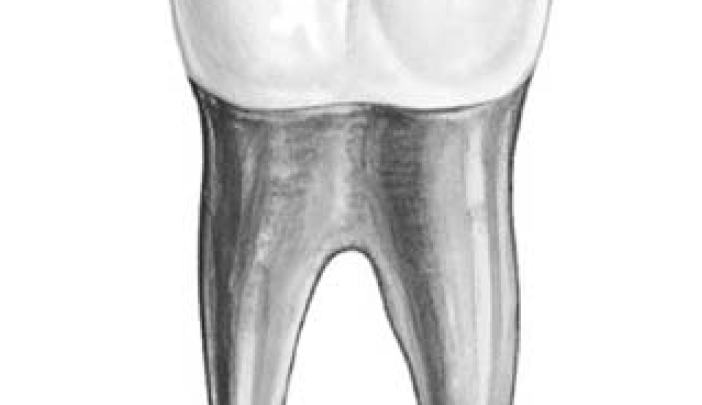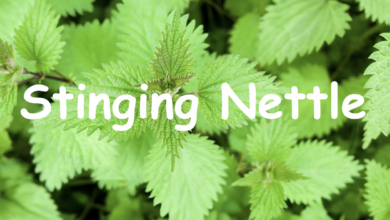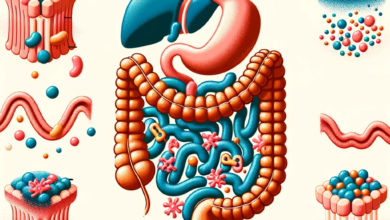How safe is fluoride in toothpaste

What is fluoride?
Fluride is a mineral found in natural water resources such as lakes, rivers and ocean. In the United States, fluoride has been added to drinking water for the last 70 years, but not in the European Union. The main reason for the addition of fluoride to water and toothpastes is to prevent tooth decay.
Research has shown that fluoride reduces tooth decay by at least 25 percent in adults and children. However, despite these researches, some consumers prefer fluoride-free toothpastes. Researchers say that fluoride is an element found in nature and should not be so concerned. In addition, it is stated that other chemicals added to toothpaste do not have the same effect as fluoride.
Fluoride Types
According to the American Dental Association, fluoride is the most important element that prevents tooth decay. Fluoride has been used in toothpastes for cavity-fighting and enamel-strenghthening for decades.
The first fluoride used in toothpastes was stannous fluoride and introduced in the 1950s, which was effective against gingivitis, plaque and tooth sensitivity, but was discontinued because it stained teeth. Today’s toothpastes contain sodium fluoride or sodium monofluorophosphate, but these fluorides only protect against tooth cavities.
Amount of fluoride used in toothpaste
The amount of fluoride used in toothpaste is indicated on the toothpaste tube. Previously, the ratio in the total volume was (w / v%), today it is expressed as parts per million (ppm). Most toothpaste manufacturers also found it more understandable to indicate on the tube in the form of ppm F. Toothpastes contain approximately 1,000 – 1,500 ppm of fluoride. Pediatric toothpastes contain approximately 600 ppm of fluoride.

Why Is Toothpaste Fluoride
The primary reason for the addition of fluoride to toothpaste is to prevent tooth decay by preventing the missing fluoride from being absorbed from the enamel layer of the tooth during the time the fluoride is present in the mouth before it enters the systemic circulation.
However, if there is something more important than the use of fluoride, reducing the consumption of sugary drinks and brush the teeth twice a day and floss.
How does dental caries occur?
Tooth decay is the loss of the property of the hard structure called enamel around the tooth. There is a layer of bacteria that is constantly around the teeth of humans. When a person consumes food or drinks containing sugar, this bacterial plaque begins to produce acid and these acids attack the outer layer of the teeth and disrupt its structure. The fluoride strengthens this damaged enamel structure.



